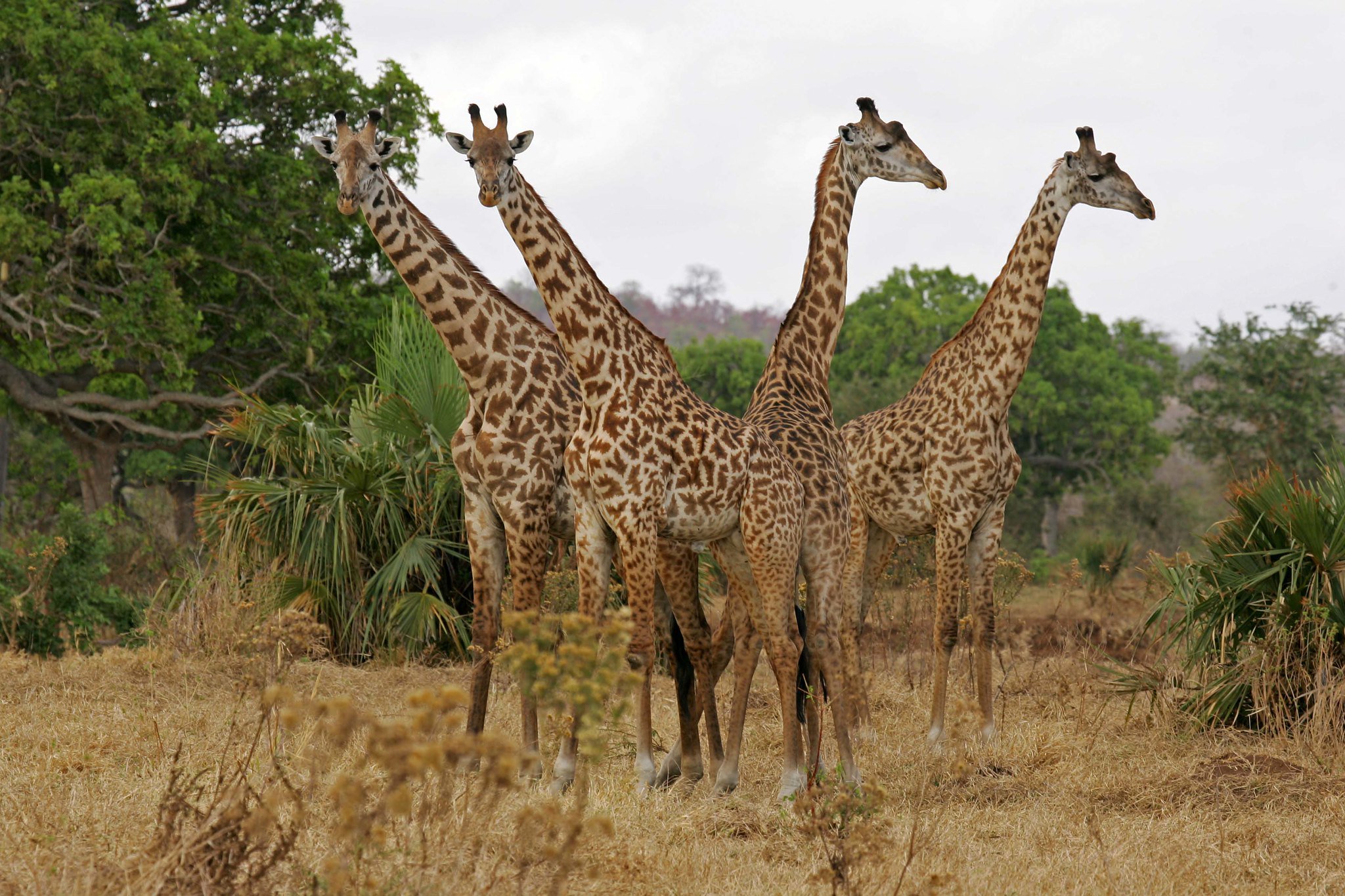
Our Signature Experiences
-

Wildlife Safaris
Venture into Tanzania’s rich wilderness on expertly guided safaris. Witness Serengeti’s Great Migration, encounter Ngorongoro’s Big Five, and traverse Ruaha’s rugged landscapes and Nyerere’s serene waterways for unforgettable encounters with nature.
-
Chimp Trekking
Step into the heart of Tanzania’s lush forests in Mahale and Gombe to track wild chimpanzees. Balance the thrill of the trek with relaxing afternoons by Lake Tanganyika, where you can bird-watch, enjoy a boat safari, or swim in crystal-clear waters.
-

Kilimanjaro and Mount Meru Trekking
Discover the quiet thrill of mountain trekking with KAONE — from Kilimanjaro’s iconic summit to Meru’s untamed slopes. Each climb is a guided journey through altitude, story, and awe.
Beyond the Wild
-

-
Cultural Encounters That Complete the Journey
Tanzania is more than wildlife and summits. With KAONE, explore the living heritage woven through every village, trail, and ancient trade route. Walk the alleys of Stone Town, stand at Olduvai Gorge, dance to Maasai chants, and trace the caravan trails from Bagamoyo to Ujiji. Discover the stories that shaped a nation.

